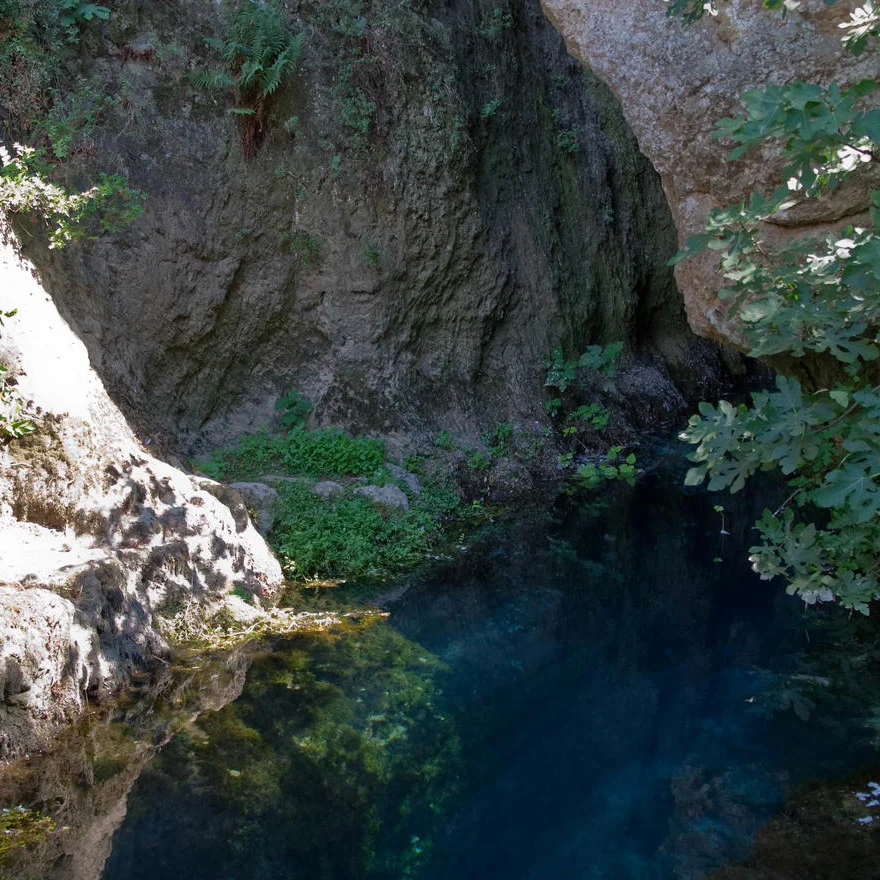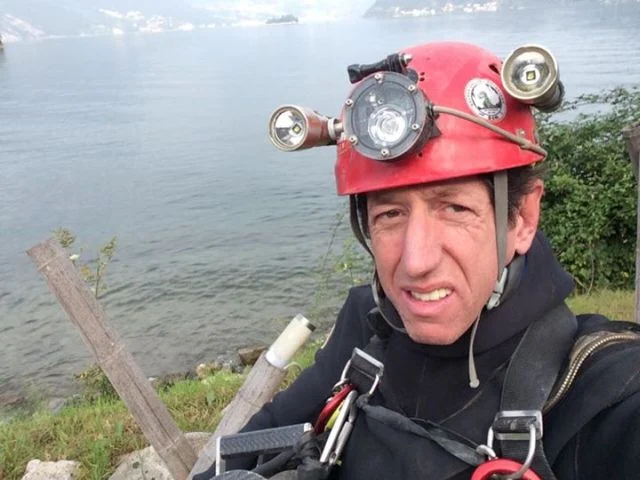Tragedy in the Depths: Luca Pedrali’s Final Dive into the Deadly Su Gologone Cave


| Incident location | Diver full name |
|---|---|
| Italy — Supramonte di Oliena, Sardinia — Su Gologone Spring | Luca Pedrali |
| Italy — Ponte di Legno, Lombardy — Su Gologone Spring | Paolo Costa |
The sun had barely risen over the rugged Supramonte mountains when the still surface of Su Gologone began to stir. Mist hung above the turquoise pool, the air cold and heavy with silence. To most, it was a tranquil spring — to divers, it was the mouth of an abyss.
Beneath that serene water lay a world few had seen and even fewer understood. Su Gologone was one of Italy’s most important freshwater springs, plunging at least 135 meters into a maze of submerged tunnels. It was a place of beauty and danger, where darkness swallowed light, and one wrong breath could mean the end.
That morning, Luca Pedrali, 60 years old, was preparing for what should have been another routine exploration. He wasn’t just any diver — he was il re degli abissi, “the King of the Deep,” a man whose records had redefined the limits of the human body. In 2017, he had reached a staggering 264.8 meters in Lake Garda, setting the Italian depth record.

He had explored caves beneath the Apuan Alps, reaching 1,362 meters of underwater tunnels — a national cave diving record. Those who knew him described him as calm, methodical, fearless. But even the most skilled diver can feel the whisper of unease before a deep descent.
Two teams were diving that day — one led by Pedrali at Su Gologone, the other in the Mussin Tomasu cave, not far away. The mission was ambitious: to determine whether the two systems were connected underground, a geological mystery that had fascinated explorers for decades. The operation involved complex logistics, rescue support, and coordination between divers, firefighters, and the National Alpine and Speleological Rescue Corps (CNSAS).
As Luca disappeared beneath the rippling surface, his dive computer ticked down into darkness. The water grew colder, the light dimmer, the silence absolute. His headlamp swept across rock walls carved over millennia, corridors that narrowed, twisted, and opened again into vast chambers of black water.
At depth, time became meaningless. Each breath echoed like thunder in his helmet, a fragile rhythm against the crushing weight of stone and water. Then — a sharp, unexpected pressure in his chest. A flash of dizziness. He signaled that something was wrong.
He began to ascend slowly, following his training, but the journey upward felt endless. The shimmering surface above seemed close, yet unreachable. When he finally broke through, gasping in the morning air, he managed to whisper that he felt unwell — and then collapsed.
His team rushed to his aid. CPR began immediately, hands pressing, air flowing, as the call for help went out. Within minutes, rescuers from the Nuoro Flying Squad, firefighters, and CNSAS were on site, continuing resuscitation efforts. The sound of sirens echoed off the limestone cliffs — a desperate fight against time.
For nearly an hour, they worked to bring him back. But the mountain spring, ancient and unmoved, offered no mercy. When the effort finally ceased, the silence returned — heavier than before.
In the nearby Mussin Tomasu cave, the second team was still submerged. Word of the tragedy reached them only after a tense recovery operation brought all five divers safely back to the surface. It took several hours to conclude the complex operation, a sobering reminder of how quickly the line between exploration and disaster can blur.
News of Pedrali’s death spread rapidly across Italy. Tributes poured in from the diving community, who remembered him not just for his records but for his calm spirit and dedication to pushing the boundaries of human exploration. “He wasn’t reckless,” one diver said. “He was meticulous. But even the deep shows no favoritism.”
The tragedy echoed another from 2010, when Paolo Costa, the mayor of Ponte di Legno, lost his life at the same spring after a medical emergency underwater. Locals began to whisper again — that Su Gologone had claimed another soul, that the spring never forgets.
Today, the entrance to Su Gologone still shimmers with impossible beauty — clear, turquoise, inviting. Tourists visit, unaware that beneath the surface lies a vast cathedral of darkness where time stands still. Divers who come here now pause before entering, their reflections trembling on the water’s edge.
They remember Luca Pedrali — the King of the Deep — and the silence that followed his last breath. For in places like Su Gologone, courage and tragedy are separated by the thin veil of a single heartbeat. And sometimes, the mountain takes back what it lent to man — one soul at a time.
